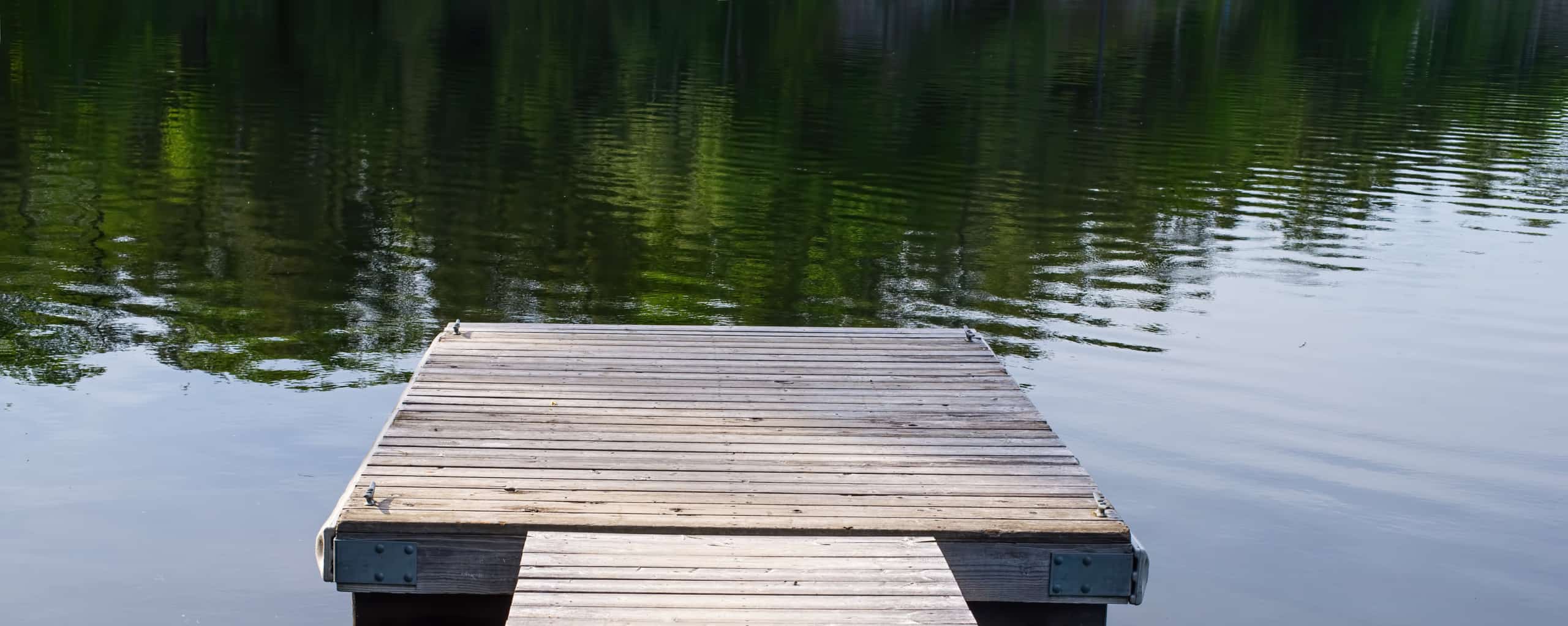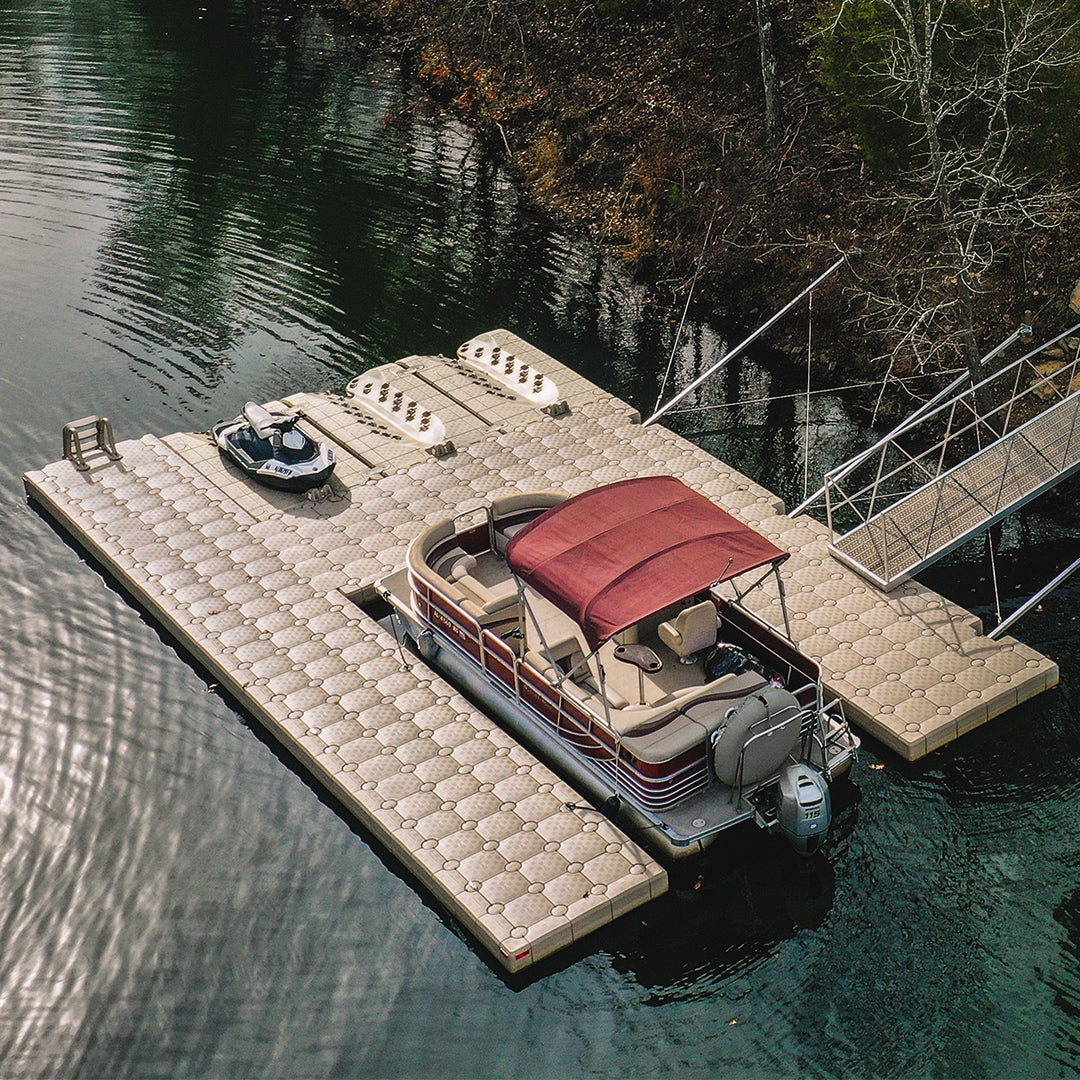Your Guide to Discovering the most effective Dock Company for Top Quality and Integrity
Your Guide to Discovering the most effective Dock Company for Top Quality and Integrity
Blog Article
Upgrade Your Waterfront With Resilient Floating Docks
Upgrading your beachfront with resilient floating docks can dramatically improve both performance and aesthetics, giving a functional solution for different water activities. With a variety of products readily available, including low-maintenance alternatives and standard timber, choosing the ideal dock can enhance your individual style and meet sensible requirements.
Advantages of Floating Docks
Floating docks offer a wide range of advantages that boost their allure for various maritime applications. Unlike conventional fixed docks, floating docks surge and fall with the trend, ensuring constant ease of access for watercrafts and boat regardless of ecological conditions.
Additionally, floating docks are easier to install and transfer, supplying flexibility for short-lived or seasonal usage. Their modular design permits modification to fit particular demands, whether for personal marinas, residential watersides, or commercial applications.
Additionally, floating docks develop very little disruption to the aquatic atmosphere, maintaining local ecological communities and decreasing the probability of disintegration. They also give enhanced security and security for customers, as their buoyant nature provides a much more flexible surface than rigid structures.
Furthermore, floating docks can help with a diverse variety of tasks, such as angling, swimming, and entertainment boating, making them a beneficial property for waterfront development. Their adaptability and functionality make floating docks a favored choice for a range of naval tasks.
Choosing the Right Materials
Selecting proper materials for floating docks is important to their longevity, efficiency, and overall effectiveness. When selecting products, consider variables such as environmental exposure, maintenance requirements, and structural integrity. Common products include wood, plastic, aluminum, and composite options, each offering distinct benefits and disadvantages.
Wood, while cosmetically pleasing, calls for normal maintenance to avoid rot and decay. Pressure-treated timber can boost durability, but it might still surrender to water damages gradually. Plastic drifts, frequently made from high-density polyethylene, are resistant to corrosion and require marginal maintenance, making them an appealing choice for low-maintenance applications.
Aluminum is an additional feasible option, understood for its toughness and lightweight properties. It is immune to rust and can withstand harsh climate conditions, although it may be more expensive than various other materials. Compound materials combine the most effective attributes of wood and plastic, supplying a low-maintenance and resilient alternative that resembles the appearance of timber without the connected drawbacks.
Inevitably, the choice of product ought to straighten with the meant usage, environmental factors to consider, and budget restraints, guaranteeing a durable and practical floating dock that meets your details requirements.
Installment Process Introduction
The successful setup of a floating dock relies upon mindful planning and implementation, ensuring that it runs effectively in its designated setting. The initial step involves evaluating website conditions, including water deepness, shoreline functions, and dominating weather patterns, which will notify the dock layout and anchoring system.
Following the site evaluation, the following stage is to prepare the floating dock components. This includes constructing the frame, securing floats, and connecting any kind of necessary hardware. It is essential to make sure that all links are durable and waterproof to withstand aquatic conditions.
Once the dock is assembled, the installment process commences with positioning the dock in the water. This can involve a crane or various other lifting tools, especially for larger structures. Appropriate positioning is crucial for functionality and safety.

Maintenance Tips for Long Life
Regular upkeep is necessary for guaranteeing the longevity and optimal efficiency of a floating dock. To attain this, begin with regular evaluations a minimum Home Page of twice a year, concentrating on the stability of the dock's framework, including the flotation protection tools and connecting equipment. Search for indicators of rust, wear, or damages, and deal with any kind of issues immediately to prevent additional deterioration.
Cleaning up is an additional crucial element of maintenance. Eliminate debris, algae, and barnacles from the dock's surface to protect against unsafe problems and preserve aesthetic appeal. Make use of a soft brush and a moderate detergent to stay clear of harming the dock's materials.
Furthermore, make certain that the dock is correctly anchored and protected to endure seasonal adjustments in water degrees and climate condition. Inspect the anchoring system for security and make changes as essential.
Enhancing Your Outdoor Aesthetic
To create a visually attractive outside room, including a drifting dock can considerably enhance the general aesthetic of your waterside property. Floating docks are not only functional but can also work as a striking centerpiece that matches the natural surroundings - floating docks. Available in various materials and layouts, these docks can be tailored to match your home's architectural style and landscape
The addition of decorative components, such as incorporated illumination or trendy railings, further boosts the dock's aesthetic charm. Consider using natural timber surfaces, which blend seamlessly with the environment, or selecting contemporary materials like light weight aluminum read here or composite outdoor decking that use a sleek, modern look.
Strategically positioning planters or seating locations on or around the dock can create welcoming rooms that encourage relaxation and pleasure of waterside views. Furthermore, incorporating colors and appearances that balance with your landscape will certainly produce a cohesive visual throughout your outside area.

Conclusion

Updating your waterfront with long lasting floating docks can dramatically improve both capability and aesthetics, offering a flexible option for different water tasks. Unlike standard fixed docks, floating docks surge and loss with the trend, guaranteeing constant accessibility for boats and watercraft regardless of environmental problems.Choosing suitable materials for view floating docks is crucial to their longevity, performance, and total efficiency.When the dock is assembled, the installment procedure commences with positioning the dock in the water.In recap, floating docks deal many benefits, including versatility to water level modifications and a range of product options.
Report this page